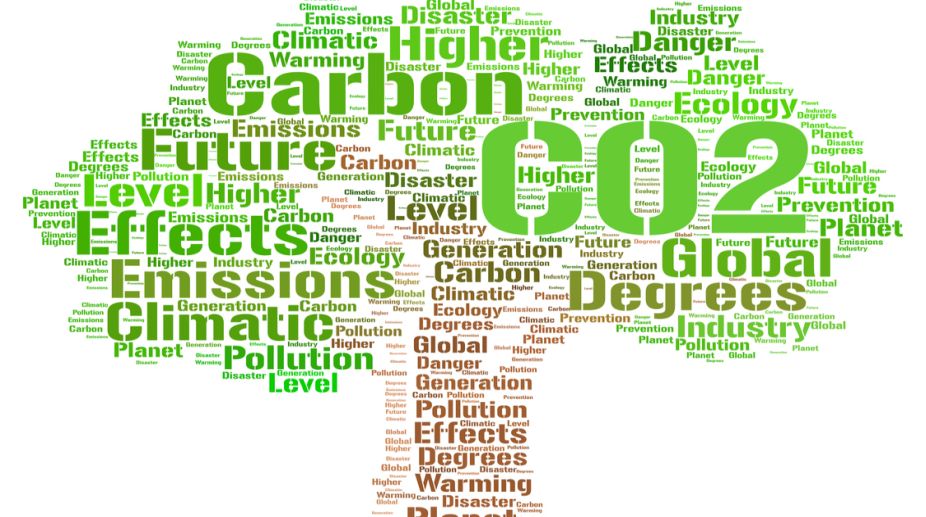Global energy-related carbon dioxide (CO2) emissions will see a rise of 1.5 billion tonnes — the second-largest annual increase ever — in 2021, the International Energy Agency (IEA) said in its latest report on Tuesday.
While this would be the biggest annual increase in emissions since 2010, it would reverse most of last year’s decline caused by the Covid-19 pandemic, the IEA said.
Advertisement
The CO2 emissions, riding on the increasing demand for coal in electricity generation, will increase by almost 5 per cent in 2021 to 33 billion tonnes. Asia, more specifically China, is set to lead the demand for coal by more than 80 per cent, in 2021. Coal use in the US and the European Union is also on course to increase but will remain well below pre-crisis levels.
The demand for coal is set to grow by 4.5 per cent, surpassing its 2019 level and approaching its all-time peak from 2014, revealed the report titled Global Energy Review 2021. The expected increase would reverse 80 per cent of the drop in 2020, with emissions ending up just 1.2 per cent (or 400 Mt) below 2019 emissions levels.
“Global carbon emissions are set to jump by 1.5 billion tonnes this year — driven by the resurgence of coal use in the power sector. This is a dire warning that the economic recovery from the Covid crisis is currently anything but sustainable for our climate,” IEA Executive Director Fatih Birol said in a statement.
“Unless governments around the world move rapidly to start cutting emissions, we are likely to face an even worse situation in 2022. The Leaders Summit on Climate hosted by US President Joe Biden this week is a critical moment to commit to clear and immediate action ahead of COP26 in Glasgow,” Birol said.
The emerging markets and developing economies are likely to push the global energy demand to increase by 4.6 per cent in 2021, pushing it above its 2019 level, the IEA said.
While the demand for all fossil fuels is set to grow significantly in 2021, coal and gas will rise above their 2019 levels. Oil is also rebounding strongly but is expected to stay below its 2019 peak, as the aviation sector remains under pressure due to the ongoing coronavirus pandemic.
On the other hand, Renewables are set to provide 30 per cent of electricity generation worldwide in 2021, accounting for more than half of the increase in overall electricity supply worldwide, the IEA report said.A
China is expected to lead the market for electricity generation from renewables with almost half of the global increase,A followed by the United States, the European Union and India.
While electricity generation from wind is projected to grow by 275 terawatt-hours (17 per cent), from last year. solar PV is expected to increase by 145 terawatt-hours, (18 per cent) from 2020. Their combined output is on track to reach more than 2 800 terawatt-hours in 2021, the report noted.











